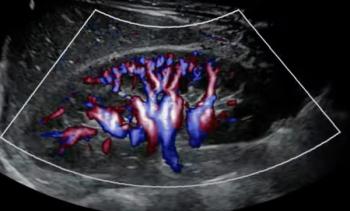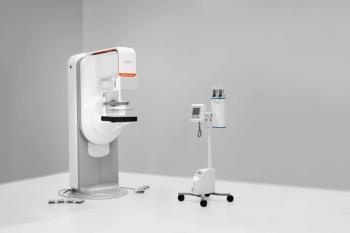
Emerging Deep Learning System May Enhance MRI Assessment of Intracranial Tumors
In comparison to neuroradiology assessment of brain magnetic resonance imaging (MRI) scans for tumor diagnosis, researchers found that adjunctive use of a deep learning system improved diagnostic accuracy by 12.4 percent and sensitivity by 33.5 percent in one test set of 300 patients.
The use of an adjunctive deep learning system, trained with brain magnetic resonance imaging (MRI) scans from over 11,700 patients, provides significantly improved diagnostic accuracy and sensitivity rates for intracranial tumors in comparison to neuroradiologist assessment, according to a new study published in
Utilizing four independent test sets, researchers assessed use of the deep learning system to diagnose intracranial tumors on brain MRI scans from 1,339 patients. In comparison to assessment by neuroradiologists, ranging between 9 to 30 years of experience, adjunctive use of the deep learning system resulted in a 12 percent increase in mean accuracy (75.5 percent vs. 63.5 percent) and a 17.6 percent increase in mean sensitivity (81.4 percent vs. 63.8 percent), according to the study.
Researchers also noted that the deep learning system, which can reportedly provide automated segmentation and classification of up to 18 types of intracranial tumors, improved classification accuracy to 73.3 percent in contrast to a 60.9 accuracy rate for neuroradiologists without the assistance of the deep learning system.
“The results suggest that the (deep learning system) may be able to achieve accuracies comparable with or even higher than those of experienced neuroradiologists in the diagnosis of brain tumors. Furthermore, the (deep learning system) may also be able to perform diagnoses more quickly than evaluators,” wrote Zhenzhou Wu, MSc, who is affiliated with the National Center for Clinical Medicine of Neurological Diseases and the China National Clinical Research Center for Neurological Diseases in Beijing, the People’s Republic of China, and colleagues.
The study authors also reviewed conflict and agreement subsets in their analysis. In the conflict subset of 332 diagnoses, the researchers found that the deep learning system was correct in 219 cases (66 percent) in comparison to 113 correct diagnoses (34 percent) by neuroradiologists without the assistance of the deep learning system.
In regard to study limitations, the authors acknowledged that the training data for the deep learning system were obtained from one institution. They also noted the potential for statistical bias due to a lower number of rare tumors within the training data. Wu and colleagues pointed out that only axial MRI slices were used for the training of the deep learning system and suggested the addition of other MRI views and clinical information could further enhance the performance of the deep learning system.
Newsletter
Stay at the forefront of radiology with the Diagnostic Imaging newsletter, delivering the latest news, clinical insights, and imaging advancements for today’s radiologists.




























